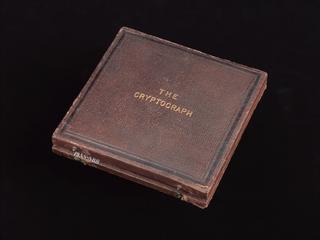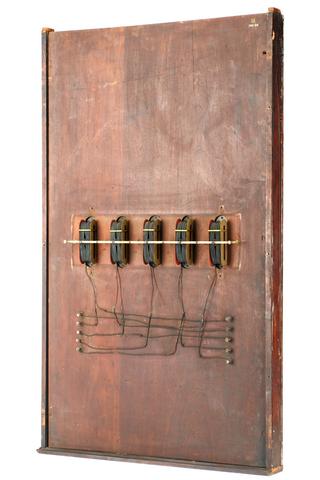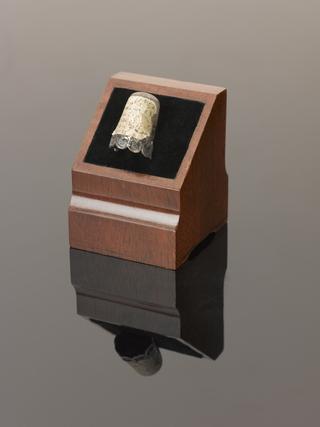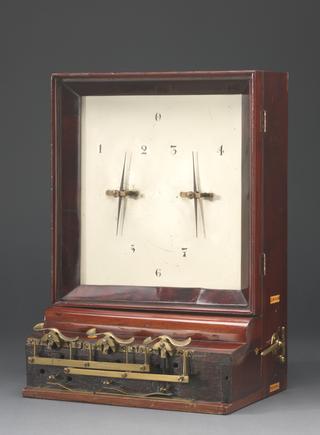




Specimen of Dover to Calais telegraph cable showing corrosion, made by R S Newall and Company, Millwall, London, England, 1851.
This was the second cable to be laid between Dover and Calais, after a cable had been laid in 1850, but which failed almost immediately. It was laid from HMS 'Blazer' under the direction of Thomas Crampton and Charlton Wollaston, the engineers of the Submarine Telegraph Company. In three weeks, 24 miles of cable had been manufactured, which should have been sufficient for the 21 mile distance between Dover and Calais but, due to how it was laid, an additional mile of cable had to be made and added to the rest. The cable cost £9000 to make, and an additional £6000 was spent building cable stations at each end. The first message was transmitted along the cable on 13 November 1851, and it remained in use, with minor repairs, until 1875. This sample shows the corrosion that cables can suffer on the seabed.
Details
- Category:
- Telecommunications
- Object Number:
- 1923-272
- Materials:
- glass, metal (unknown), wood (unidentified), gutta-percha, pitch, hemp, iron and copper (alloy)
- Measurements:
-
overall: 90 mm x 556 mm x 110 mm, 3.92 kg
- type:
- cable
- credit:
- Donated by the Institution of Electrical Engineers




